Congratulations to all of the 2019 Image of Research semi-finalists. The winners were revealed April 3 at a reception in the Main Library. They are:
1ST PRIZE ($500 AWARD) & PEOPLE'S CHOICE ($100)
Lost in Translation by Jaylen De’Angelo Clay from Dance
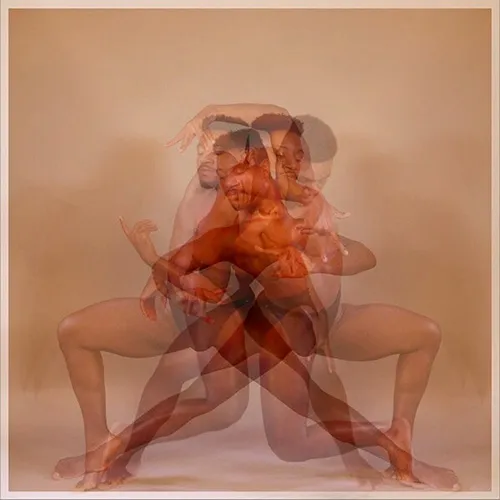
Being born deaf and understanding how the loss of one sense affects the sum of the whole, has a profound effect on my visions and research as an artist. Having the experience using language the body has to say about speaking the unspoken about life inspires me. Such as the things we deal with in life: bravery setbacks ambition pain love and failure. Eliciting an emotional response and making an impression is a major factor in creating any movement for me. My aspiration is to allow an audience to come to their own terms with the work I produce and take from it what they deem necessary. I believe the world tries to suppress our voice and make us just like everyone else. I remind myself that it is important to hold on to my individuality and celebrate it. There is only one you in the world and that is amazing. I think this is not a lesson in the dance world, it is a lesson in life. I want to inspire an audience from a deeper point within attempting to bring out aspirations tucked within.
2ND PRIZE ($300 AWARD)
A-maize-ing Tornado Footprint by Daniel Rhee from Civil and Environmental Engineering
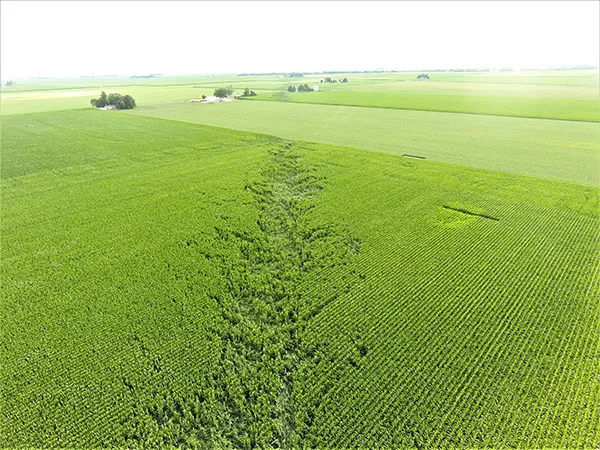
Tornadoes often land in rural areas damaging a large area of corn field. They leave intriguing fall patterns that can be analyzed to help us estimate the tornado wind field. The estimating wind speed of tornado is extremely difficult because there are no instruments that can withstand the destructive nature of tornado. Even radar has limitations because it cannot measure wind speed near-surface. A safe and novel way to estimate the tornado wind speed is to look at the corn-fall pattern after the tornado. We look at the aerialphoto of the cornfield in the tornado track analyze the flow pattern of the tornado by studying the corn-fall pattern. near-surface tornado wind field, which can be eventually used to help build tornado-resisting structures.
3RD PRIZE ($200 AWARD)
Smile, You’re on High Speed Camera by Giridar Vishwanathan from Mechanical Science and Engineering
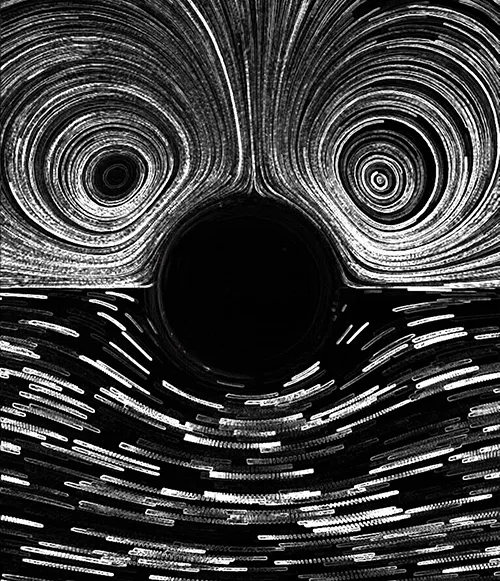
Liquids around us differ widely in their behavior, some are thick, some slippery and some very strange. To tell the difference, we only need to tap gently and watch how they respond. My research involves tapping fluids hundreds of times a second with sound and watching very closely; in an area smaller than the head of the pin, to understand them better. The lower half of the image shows what particles in a liquid experience as it is subjected to such rapid vibration over the course of a few thousandths of a second, while the top half shows the dramatically different motion observed when viewed over a tenth of a second. Combining the information available to us from the top and the bottom images such as the shape and strength of the flow we may piece together the critical engineering properties that are otherwise elusive.
HONORABLE MENTIONS ($100 AWARD)
6174 by Vaibhav Karve from Mathematics
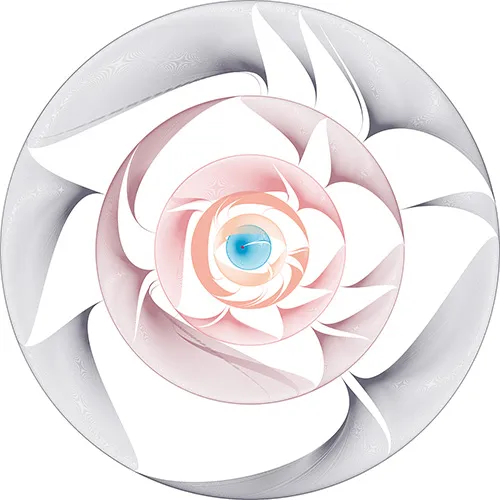
Visualizing Kaprekar's Process: 1. Pick a 4-digit number, using at least two different digits. 2. Arrange the digits in descending and then in ascending order to get two four-digit numbers, adding leading zeros if necessary. 3. Subtract the smaller number from the bigger number. 4. Go back to step 2. and repeat. The above process will always reach its fixed point, 6174. Thus spake D.R.Kaprekar (1905-1986) – school teacher, recreational number theorist and Indian mathematician. This is a graph of the process. Every four-digit number is a point on one of the circles. Every iteration outlined by Kaprekar is a path. His algorithm might be mechanical but the patterns emerging from it are anything but. At the center is the number 6174 (indicated by the red dot) to which all others are inexorably drawn. This plot itself was generated algorithmically using a combination of Python TikZ and LaTeX.
Motion Structures by Aparna Pillai from Architecture
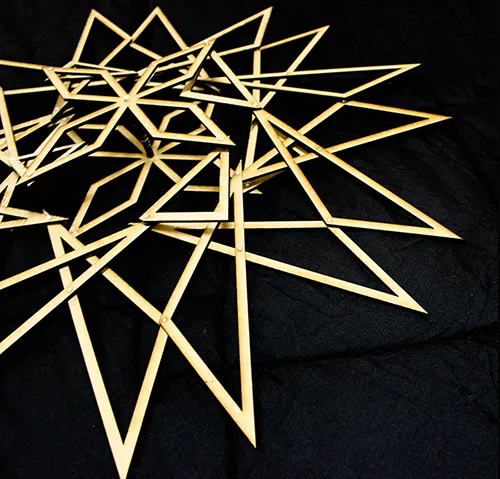
Ever wondered what kind of mechanism makes an umbrella open and close? Or a satellite when it is deployed into outer space? As a graduate architecture student, the concept of motion structures has inspired me. In the first semester, I had the opportunity to design a deployable ring with eight sides using angulated members. This structure is created in different layers such that members move in different planes without interfering with the path of other members, thus creating a smooth circular path for the structure to deploy. The motion can be centrally controlled thus allowing radial motion. This image shows a semi deployed state waiting for a user to deploy it to its full state. Working on this model has enhanced my interest to research more on the applications of deployable structures in outer space. Currently, I am working on the research and design of lightweight and self-deployable habitats for Lunar and Martian missions.
The Image of Research is a multidisciplinary competition celebrating the diversity and breadth of graduate student research at the University of Illinois at Urbana-Champaign. Entries were judged by a multidisciplinary panel for connection between image, text, and research; originality, and visual impact. The winners were announced at a reception on Wednesday, April 3, where the entries of twenty semi-finalists were on display. Attendees voted for the People’s Choice Award. All of the 2019 submissions will soon be on display in IDEALS. See The Image of Research website for more details. You can view a full gallery of the semi-finalists on Instagram.
The Image of Research is organized by the Scholarly Commons of the University Library and the Graduate College and is supported by a generous gift to the Scholarly Commons from the Division of Intercollegiate Athletics.